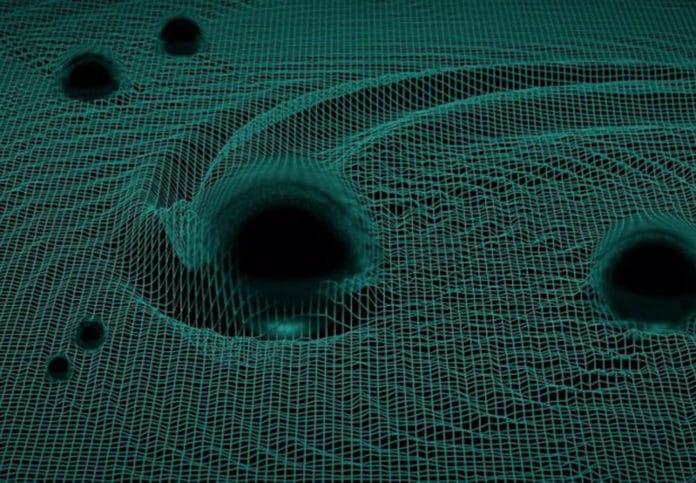In galactic centers, black holes can be brought to each others’ proximity by dynamic processes, resulting in mergers. It is also possible that black holes formed in previous mergers encounter new black holes, resulting in so-called hierarchical mergers.
Until now, such events have only been hinted. Now, scientists at the University of Birmingham in the U.K., and Northwestern University in the U.S., believe we are getting close to tracking down the first of these so-called “hierarchical” black holes.
Combining recent theoretical findings with astrophysical modeling and recorded gravitational wave data could help scientists to interpret gravitational wave signals from these events accurately.
In 2019, scientists discovered GW190521g, a record-breaking gravitational wave observation that pushes the boundaries of our knowledge about how black holes form. It is thought to be the most massive black hole merger yet detected.
The discovery of GW190521 is believed to be the promising candidate to prove the existence of so-called “hierarchical mergers.”
Dr. Davide Gerosa of the University of Birmingham said, “We believe that most of the gravitational waves so far detected are the result of first-generation black holes colliding. But we think there’s a good chance that others will contain the remnants of previous mergers. These events will have distinctive gravitational wave signatures suggesting higher masses and an unusual spin caused by the parent collision.”
Understanding the characteristics of the environment in which such objects may be created will likewise narrow the hunt. This must be an environment with a large number of black holes and one that is sufficiently dense to retain the black holes after they have merged, so they can go on and merge again.
Dr. Maya Fishbach of Northwestern University said, “The LIGO and Virgo collaboration has already discovered more than 50 gravitational wave events. This will expand to thousands over the next few years, giving us so many more opportunities to discover and confirm unusual objects like hierarchical black holes in the universe.”
Journal Reference:
- Davide Gerosa et al., Hierarchical mergers of stellar-mass black holes and their gravitational-wave signatures, Nature Astronomy (2021). DOI: 10.1038/s41550-021-01398-w
